Candles flicker and fireworks sparkle in the sky as millions of people come together to celebrate the biggest festival of the Hindu year: Diwali. Even in a land known for its colourful and lively festivities, Diwali – also known as “the festival of lights” – is an extra special occasion.
Celebrated in autumn in the Kartik month as per the Hindu calendar, the date of the celebration changes every year, usually falling in October or November. The actual festival spans 5 days (from 6-10 November in 2018), however the festivities surrounding the holiday last for over a month.
Diwali: Background And Traditions
There are many reasons why Diwali (also called Deepavali in some regions) is celebrated, but first and foremost, it represents the symbolic victory of good over evil. In a literal sense, Diwali represents the victory of light over darkness, with celebrations peaking on the darkest night of Kartik month – the night of the new moon, when almost every house is decorated with lights, candles and diyas (oil lamps made with clay).
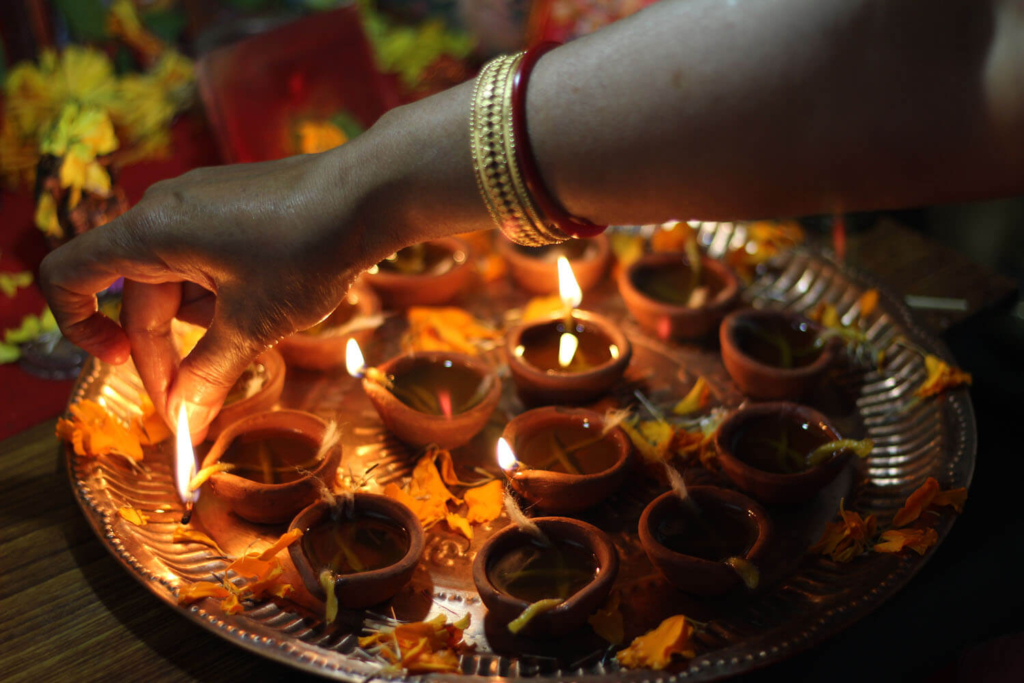
Interestingly, each community and region has its own special addition to the festivities, with special events like Govardhan Puja, Durga Puja, Bhai Dooj and more occurring around this time. It’s important to note that, although it is a Hindu festival, Diwali is celebrated by people of many different religions and backgrounds.
The Story: The Legend Of Ramayana
Linked to the Ramayana, an ancient Hindu text, Diwali marks the return of Lord Rama back to his kingdom with his wife Sita and brother Lakshmana. As per the legend, the people of Lord Rama’s kingdom celebrated his return by lighting a thousand diyas – which is why the lighting of diyas has become a key component of the holiday.
The Telling: Ramlila And Dussehra
Much the same as a Christian group might perform the nativity story at Christmastime, for Diwali, there’s the Ramlila. A dramatic reenactment of the Ramayana, the Ramlila recounts the life story of Rama across is a 10-day period and ends in a battle between Rama and the evil demon king Ravana. The 10 days of Ramlila occur a month before Diwali and reach their climax with the Dussehra night, when giant effigies of Ravana are filled with firecrackers and burned.
A typical old-fashioned Ramlila involves colourfully decorated stages and jhankis set up for the epic performances; to see one of the oldest and most famous, visit Ramlila Maidan in Old Delhi. By contrast, some of the lesser-known, more local Ramlila performances have a casual atmosphere, with the audience participating by whistling and commenting. In such performances, much of the dialogue is improvised in response to audience reactions.
The Tradition: Honouring Lakshmi
In many communities, Diwali is also associated with the goddess of wealth, Lakshmi, and many people offer prayers to her on Diwali night in a ritual called Lakshmi Puja. It’s customary to clean and decorate one’s home in preparation for the occasion, and create beautiful rangolis – colourful geometric patterns made from rice, flowers or sand – at the main entry of the house. Moreover, some families don’t even lock their houses at night, so that Lakshmi can enter and bless them with prosperity.
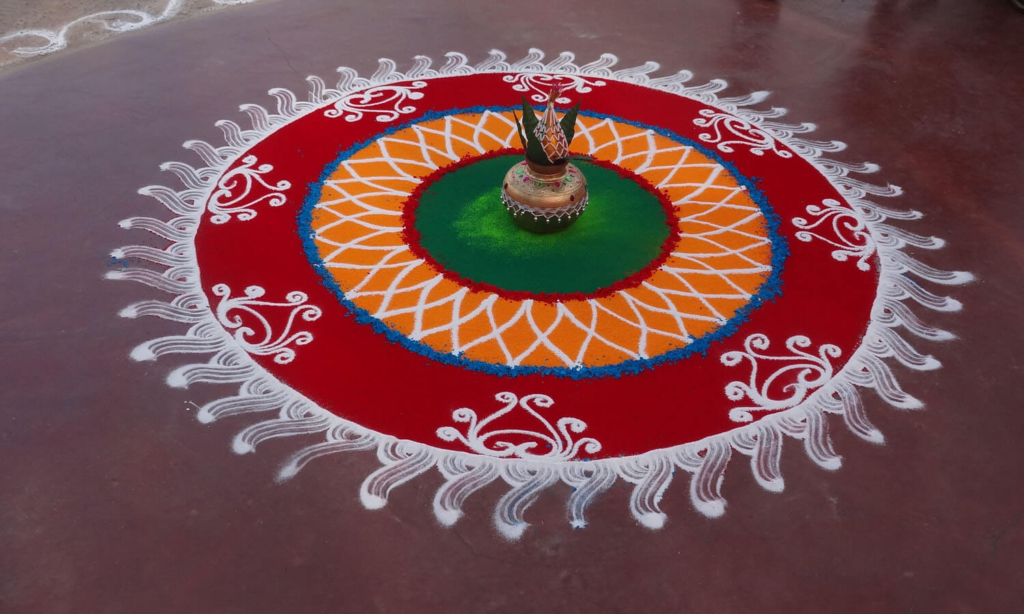
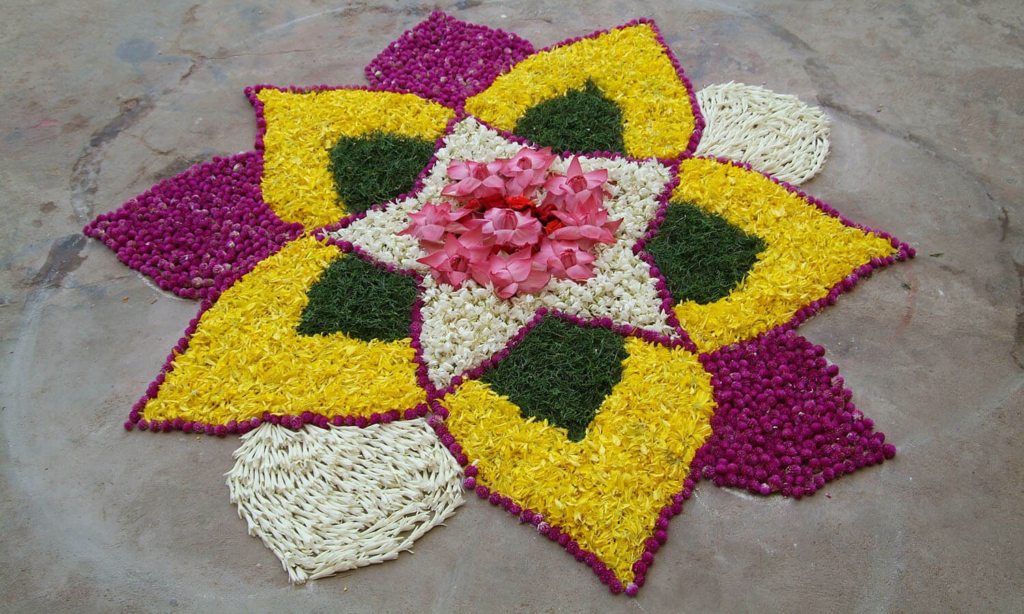
The Highlight: Fireworks
Most of the communities that celebrate the holiday gather outside their houses after Lakshmi Puja to mark the festivities with fireworks; more than just a pretty display, fireworks are set off during Diwali to ward off evil spirits. Over the years, however, people have developed mixed feelings about the tradition, due to concerns over noise and air pollution.
The Fun: Card Games And Diwali Parties
Among the festivities associated with Diwali, card games hold an important place in the hearts of many Indians. In big cities like Delhi and Mumbai, playing a game of teen patti (a gambling game loosely based off 3-card brag and poker) with money is an unmissable part of the festival, filled with lively, good-natured banter and mischief.
Outside India: Where To Celebrate Diwali
Though India is the epicentre of the holiday, it’s not the only place Diwali celebrated. In fact, Diwali is an official holiday in many countries with a significant Hindu population, and is observed around the world. Here are just a few places you can partake in the celebrations:
Indonesia
Though Indonesia is a primarily Muslim country, the Island of Gods – Bali – is predominantly Hindu. The island comes alive during Diwali time, as islanders mark the holiday with verve and excitement. A lot of the festivities mirror those in India, such as Ramlila, fireworks and sweets, while many Balinese Hindus also release floating lanterns.
Malaysia
Diwali in Malaysia is often celebrated without fireworks, but it’s hard to notice the absence when there’s so many elaborate decorations to see and pujas to experience. The country’s many Hindu temples are decorated at this time, and the streets of “Little India” in Kuala Lumpur are festooned with lights and trimmings. What’s more, many Indian restaurants across Malaysia offer Diwali specials.
Singapore
Diwali festivities begin in Singapore weeks before the actual festival. Little India is adorned with giant statues of elephants and peacocks, and the aroma of flowers and incense lingers around the Diwali market for days. Another interesting part of the Singaporean celebrations is Theemithi in the Sri Mariamman Temple in Chinatown, where thousands of men walk barefoot on burning coals.
Trinidad And Tobago
An unexpected Diwali destination, the holiday was introduced to this Caribbean island country by the Hindus who arrived here in the 19th century, but it’s celebrated by many other religious groups, too. In fact, the country also has a “Divali Nagar”, which literally means “the village of Diwali”. Apart from lighting diyas, the country observes the interesting tradition of bamboo bending.
Australia
Also thanks to the Indian diaspora, vibrant Diwali celebrations can be seen in Australia, with large gatherings held in Melbourne’s Federation Square and Sydney’s Harris Park. Experience traditional music performances, Bollywood-like dance shows and Indian food specialties.
Celebrate Diwali At Home
You’d like to join in the Diwali festivities, but a plane ticket isn’t in the cards? Simply host your own celebrations at home! Start by cleaning your house and decorating it. You can buy Diwali decorations at an Indian store or online, or make them yourself: think flowers, lanterns, paper art – colour and light are the most important elements. Put up fairy lights outside the house and place diyas (or candles) at different entry and exit points. Make rangoli on the floor from coloured flour or flower petals.
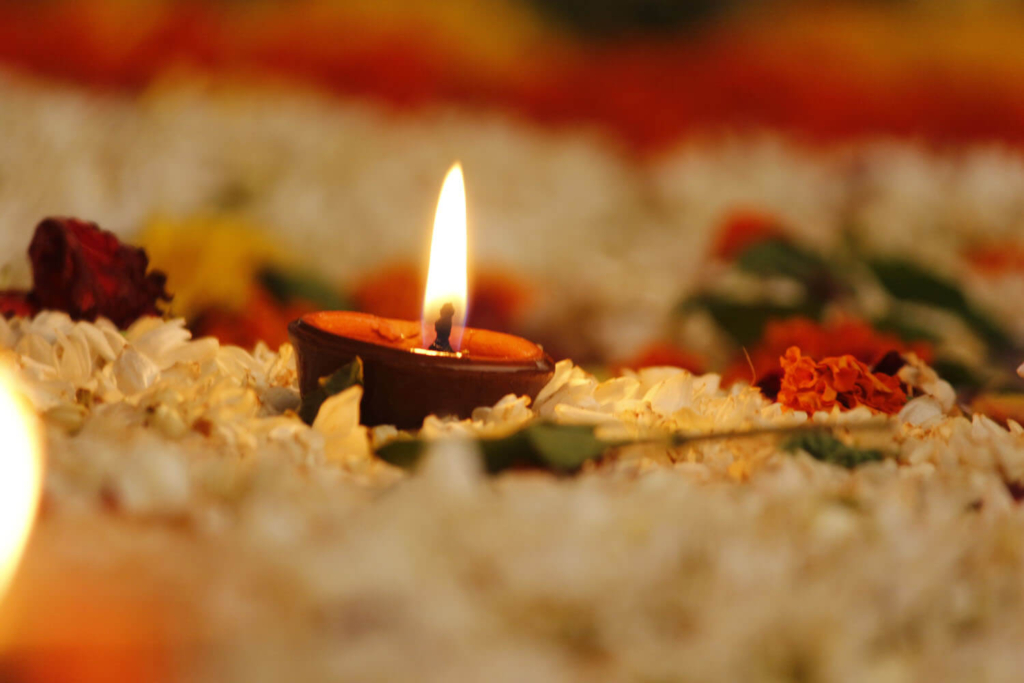
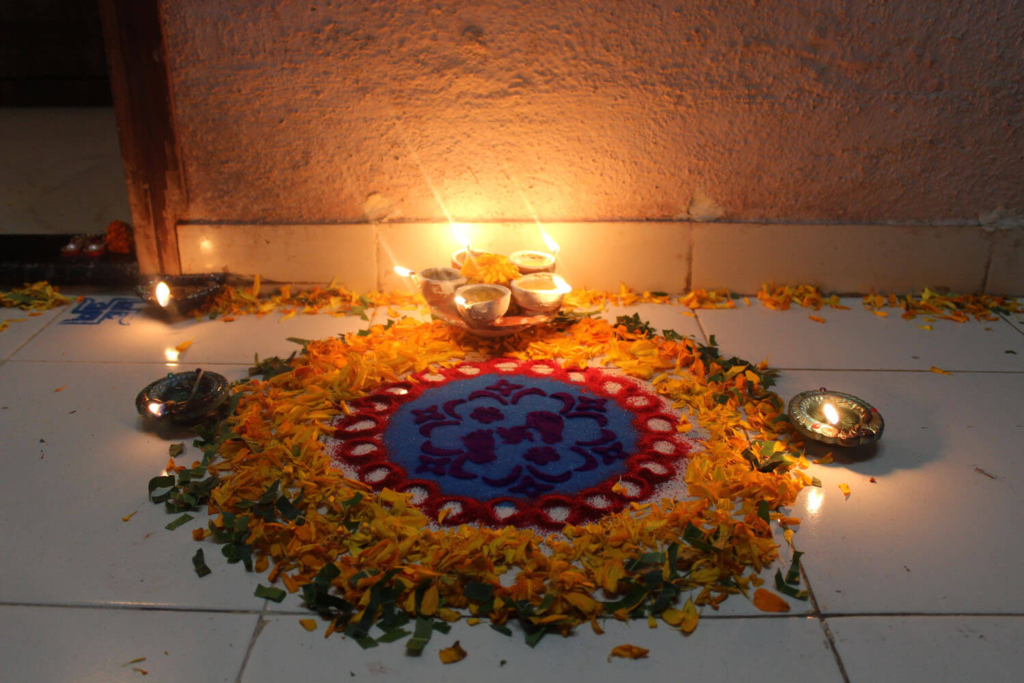
On the evening of Diwali, offer prayers to Goddess Lakshmi and Lord Rama. Invite some of your friends and host a Diwali-themed dinner. If fireworks are not banned in your location, then go ahead and send a few into the sky – better safe (from evil spirits) than sorry!

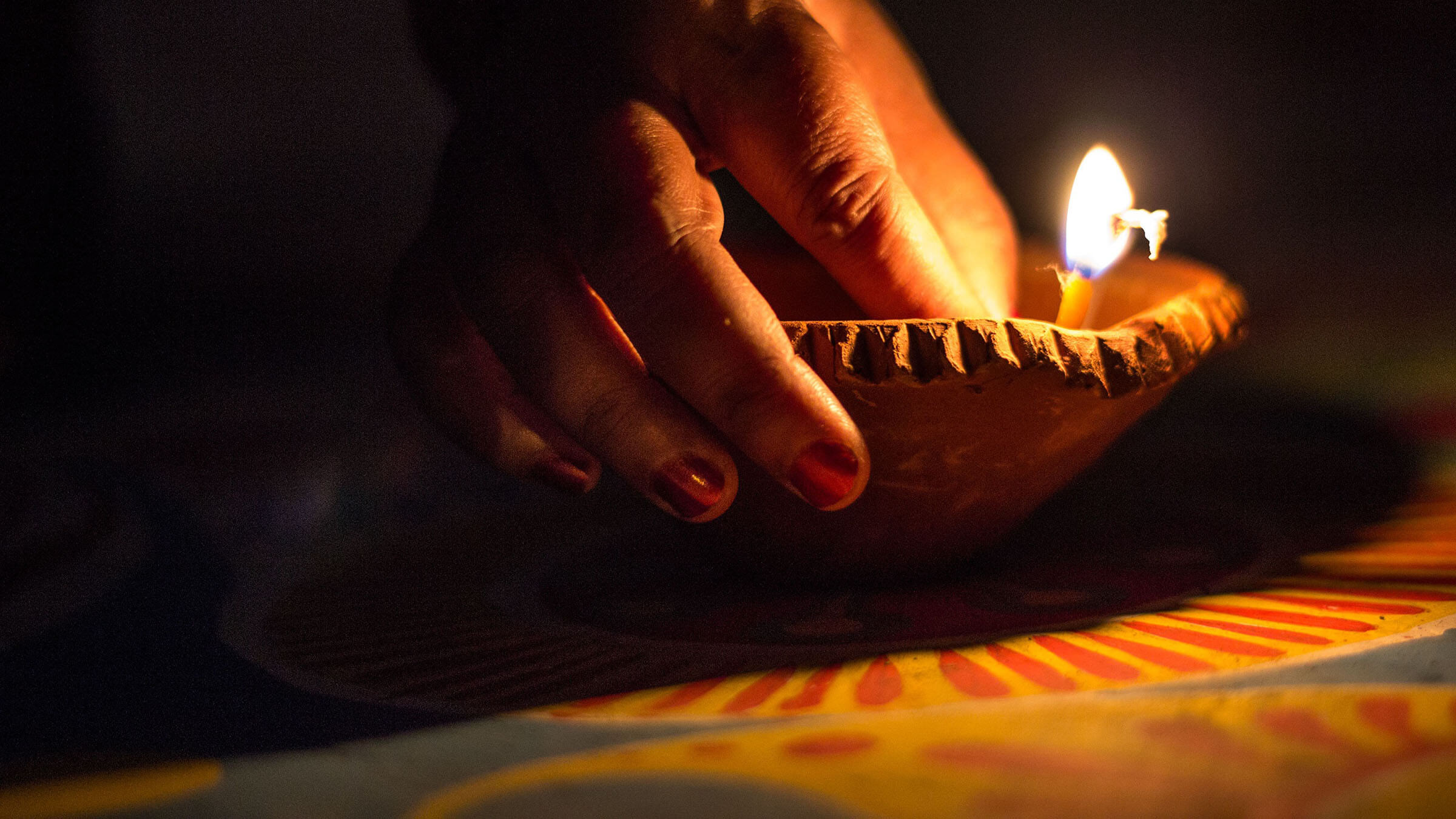
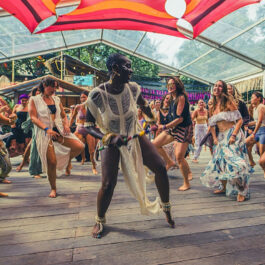
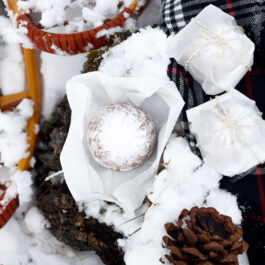
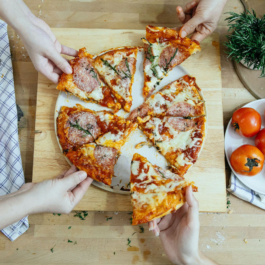
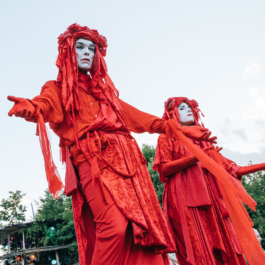
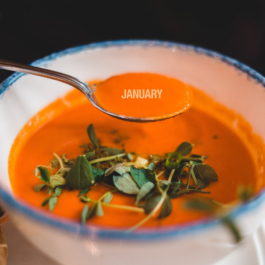
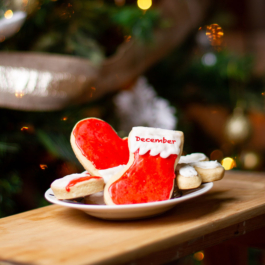
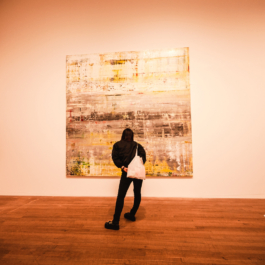
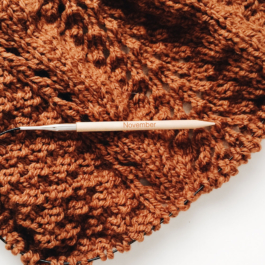
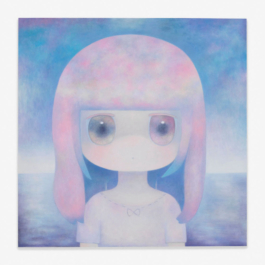
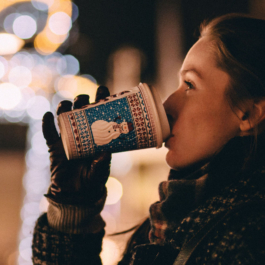
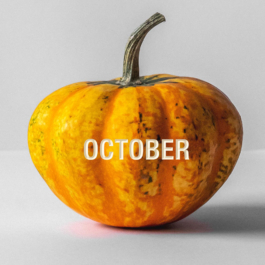
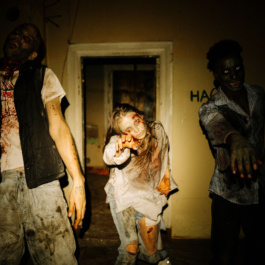
Sorry, the comment form is closed at this time.